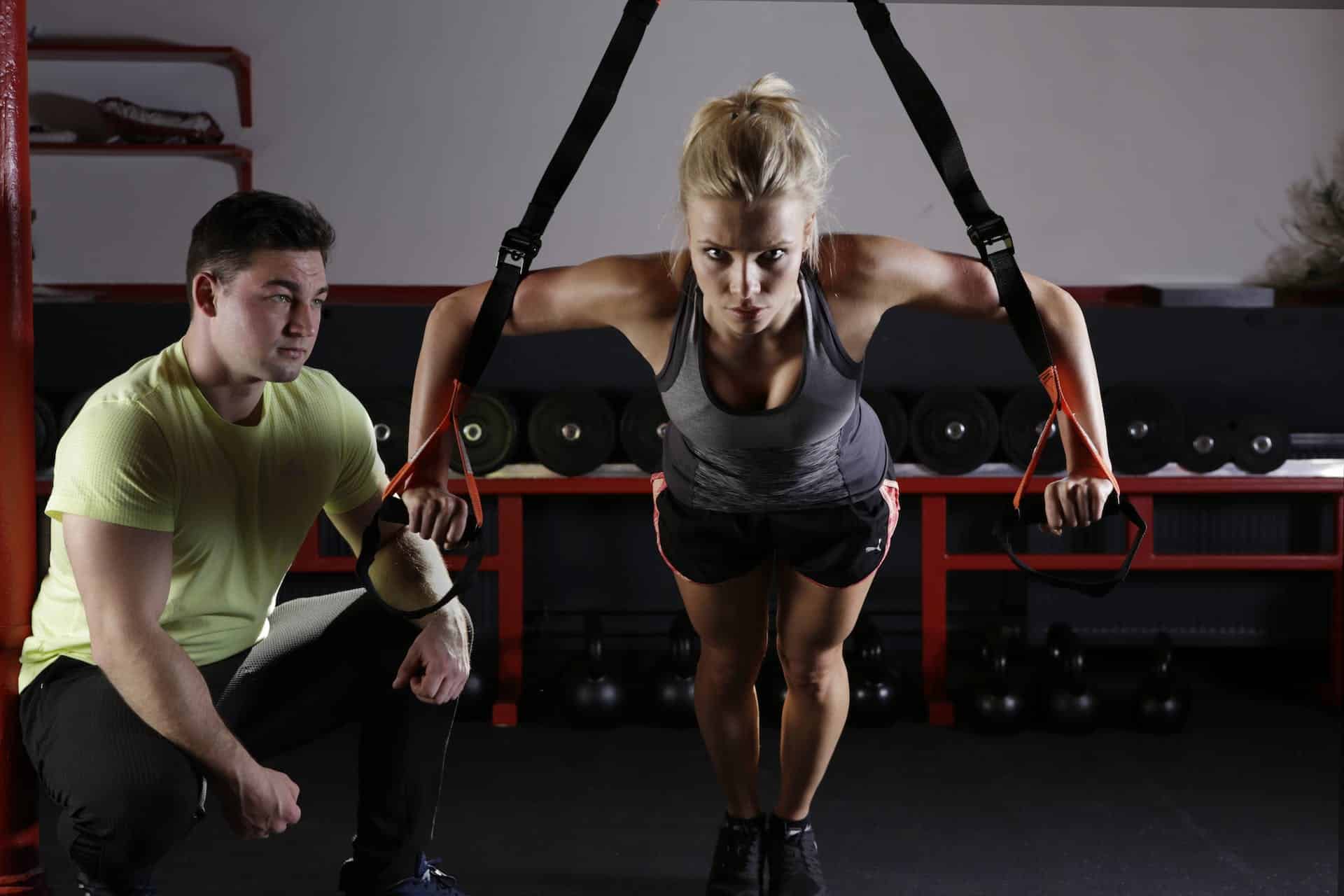Picture this: You’ve just completed an intense workout. Your muscles are aching, your heart is pounding, and your body is begging for rest. But before you can collapse on the couch, you remember you have a device that can help you track your recovery and improve your performance. But what exactly is this device, and how does it work?
In recent years, the field of sports technology has seen a significant increase in the development of devices and tools designed to track and improve recovery in endurance sports. In this article, we’ll delve into this subject, discussing some of the latest innovations and how they’re changing the game for athletes around the world.
Sujet a lire : How can adaptive training programs support aging athletes in competitive sports?
Wearable Fitness Trackers
Wearable fitness trackers have become an integral part of many athletes’ training regimens. These compact, often stylish devices are packed full of technology that can not only monitor your physical activity but also track your recovery.
Many wearable fitness trackers come with features such as heart rate monitors, which can help athletes gauge their recovery by measuring their resting heart rate. The faster your heart rate returns to its regular resting rate after an intense workout, the better your cardiovascular system is at recovering.
En parallèle : What are the best approaches for balancing technical skills and physical fitness in youth soccer training?
Another popular feature in these devices is sleep tracking. Good sleep is crucial for recovery, as it’s when your body does most of its healing. By monitoring your sleep patterns, these devices can provide insight into the quality and quantity of your rest, helping you adjust your sleep habits for optimal recovery.
There are also the activity trackers which monitor movement throughout the day. Sedentary behavior can hinder recovery by slowing down the body’s metabolism and increasing the risk of injuries. By alerting you when you’ve been inactive for too long, these devices can help promote active recovery on rest days.
Advanced Recovery Tools
While wearable fitness trackers are great for monitoring recovery, some athletes may need more advanced tools to help them bounce back from intense workouts. That’s where innovations like recovery boots and massage guns come in.
These advanced recovery tools can help athletes recover more efficiently by improving circulation, reducing muscle tension, and stimulating healing. For instance, recovery boots use a technique called dynamic compression to increase blood flow to the muscles, which can speed up recovery and reduce muscle soreness.
On the other hand, massage guns use percussive therapy to break down knots and tension in the muscles, promoting relaxation and recovery. These high-tech tools offer a convenient and effective way for athletes to take their recovery into their own hands, literally.
Smart Clothing
The next frontier in recovery tracking technologies is smart clothing. These technologically advanced garments have sensors embedded in the fabric that can monitor an athlete’s physiological data in real-time.
Smart clothing can measure everything from heart rate and body temperature to muscle activity and sleep quality. This data can then be analyzed to provide personalized feedback on how well an athlete is recovering and what they can do to improve.
For instance, smart socks can analyze an athlete’s gait and foot pressure, providing valuable insights into their running form and potential risk of injury. Similarly, smart sleepwear uses infrared technology to promote recovery during sleep by absorbing the body’s natural heat and reflecting it back as far-infrared energy, which can help reduce inflammation and improve circulation.
Nutrition and Hydration Tracking
Nutrition and hydration play a crucial role in recovery. That’s why many of the latest innovations in sports technology are focused on helping athletes track their nutritional and hydration status.
Smart water bottles, for example, can track your daily water intake and remind you to hydrate regularly. Some even come with integrated filters, allowing you to drink clean, fresh water wherever you are.
On the nutrition side, there are apps that can analyze your diet and provide personalized meal plans based on your specific recovery needs. These tools can help ensure that you’re getting the right balance of macronutrients – proteins, carbs, and fats – to fuel your recovery.
Personalized Recovery Plans
One of the most exciting developments in recovery tracking technology is the move towards personalization. Rather than applying a one-size-fits-all approach, these tools use data collected from an athlete’s body to create a tailored recovery plan.
These personalized recovery plans take into account factors like an athlete’s age, gender, fitness level, training schedule, and more. By understanding an individual’s unique recovery needs, these tools can provide more effective and efficient recovery strategies.
For instance, some wearable fitness trackers can analyze data from your workouts to determine your recovery status and suggest when you should take a rest day. Others offer personalized stretching and foam rolling routines to help reduce muscle tension and improve flexibility.
By leveraging the power of technology, these personalized recovery plans are revolutionizing the way athletes recover, helping them bounce back faster and perform better than ever before.
VR and AR Solutions for Recovery
In the realm of sports technology, virtual reality (VR) and augmented reality (AR) solutions are being increasingly used for recovery purposes. These innovative technologies offer an immersive experience, enabling athletes to work on recovery strategies in a controlled yet realistic simulation of their sport.
For instance, VR recovery programs allow athletes to visualize their performance, helping them understand their physical limitations and develop strategies to overcome them. By using this technology to review their performance, athletes can identify areas where they need to improve and work on those areas in a controlled virtual environment.
AR technology, on the other hand, overlays digital information onto the real world, allowing athletes to receive real-time feedback on their performance. This feedback can be invaluable in helping athletes understand their body’s response to exercise and making necessary adjustments to their recovery strategy.
Moreover, VR and AR solutions can also incorporate biofeedback mechanisms. These mechanisms use sensors to collect physiological data, such as heart rate and muscle activity, which is then fed back to the athlete in real-time. This immediate feedback can help athletes monitor their recovery and make immediate adjustments as necessary.
AI-Powered Recovery Programs
Artificial intelligence (AI) is another technology that’s making waves in the field of sports recovery. AI-powered recovery programs use machine learning algorithms to analyze an athlete’s physiological data and provide personalized recovery strategies.
These programs collect data from various sources, including wearable fitness trackers, smart clothing, and nutrition and hydration tracking tools. They then use this data to create a comprehensive picture of an athlete’s recovery status.
Based on this information, the AI can suggest personalized recovery strategies. For instance, it might recommend specific stretches or exercises to speed up recovery, or it might suggest dietary changes to help replenish lost nutrients.
By using AI to analyze data and provide personalized feedback, these programs are helping athletes recover more effectively and efficiently. And as AI technology continues to advance, we can expect these programs to become even more accurate and personalized.
Conclusion
The drive to improve recovery in endurance sports has led to a surge in innovative technologies. From wearable fitness trackers and advanced recovery tools to smart clothing and personalized recovery plans, these technologies are revolutionizing the way athletes recover from intense workouts.
Newer technologies like VR and AR solutions and AI-powered recovery programs are taking this revolution even further, offering more immersive, personalized, and effective recovery strategies. By harnessing these technologies, athletes can not only track their recovery but also actively improve it, leading to better performance and fewer injuries.
However, as impressive as these technologies are, it’s important to remember that they’re just tools. The real key to effective recovery lies in listening to your body, getting enough rest, and maintaining a balanced diet and hydration. So while it’s great to have these high-tech aids, they should never replace the basic principles of recovery.
Endurance sports are as much about recovery as they are about performance. And with these latest innovations, athletes now have more tools than ever to help them recover efficiently and effectively. It’s an exciting time for endurance sports, and we can’t wait to see what other innovations the future will bring.






